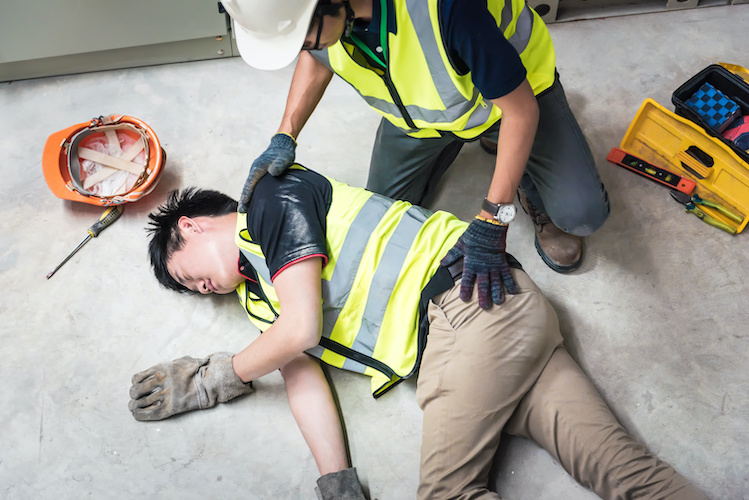Understanding Low Voltage Rescue
Low Voltage Incidents: Low voltage incidents typically involve electrical systems with voltages below 1000 volts, but they still pose a serious risk.
Common Causes: Contact with live wires, equipment malfunction, or electrical faults can lead to low-voltage incidents.
The Spotter’s Role in Low-Voltage Rescue
1. Immediate response: Spotters must be trained to recognise signs of electrical emergencies and respond promptly to ensure the safety of everyone involved.
2. Communication: Clear and effective communication is paramount. Spotters should use designated signals or communication devices to convey information to the team.
3. Coordination with Emergency Services: In the event of a low voltage incident, spotters play a key role in coordinating with emergency services, providing essential details for a rapid response.
4. Scene assessment: Spotters assess the scene for potential hazards, ensuring the safety of the rescue team and bystanders.
5. Isolation of power: Coordinating the isolation of power is a critical responsibility. Spotters must communicate with qualified personnel to ensure the electrical supply is cut off before attempting any rescue.
6. Use of Personal Protective Equipment (PPE): Spotters must be equipped with appropriate PPE, including insulating gloves and boots, to protect themselves while approaching the victim.
7. Rescue techniques: Spotters assist in executing safe rescue techniques, such as using non-conductive tools, to extricate victims without endangering themselves or others.
8. CPR and First Aid: In the unfortunate event of injury, spotters should be trained in basic first aid and CPR to provide immediate assistance until professional medical help arrives.
Training and Preparedness
1. Regular training sessions: Spotters should undergo regular training sessions to stay updated on rescue techniques, equipment usage, and safety protocols.
2. Emergency drills: Conducting periodic emergency drills helps spotters and the entire team practice their response to low-voltage incidents, enhancing efficiency during actual emergencies.
3. Equipment familiarity: Spotters should be familiar with the various rescue tools and equipment to ensure swift and effective use in emergencies.
In conclusion, low-voltage rescues demand a coordinated and well-executed response to ensure the safety of everyone involved. Spotters, with their training and expertise, play an instrumental role in these situations. By understanding the potential risks, following safety protocols, and being adequately prepared, spotters contribute significantly to the successful resolution of low-voltage incidents. Prioritising safety, communication, and continuous training is essential in minimising risks and promoting a secure working environment in scenarios involving low-voltage rescue.
Don’t forget to visit our Blog page for more articles on other interesting topics.
If you want to stay educated about low-voltage rescue (LVR), CPR & First Aid and further your training, we cover these in detail in our First Aid courses.
